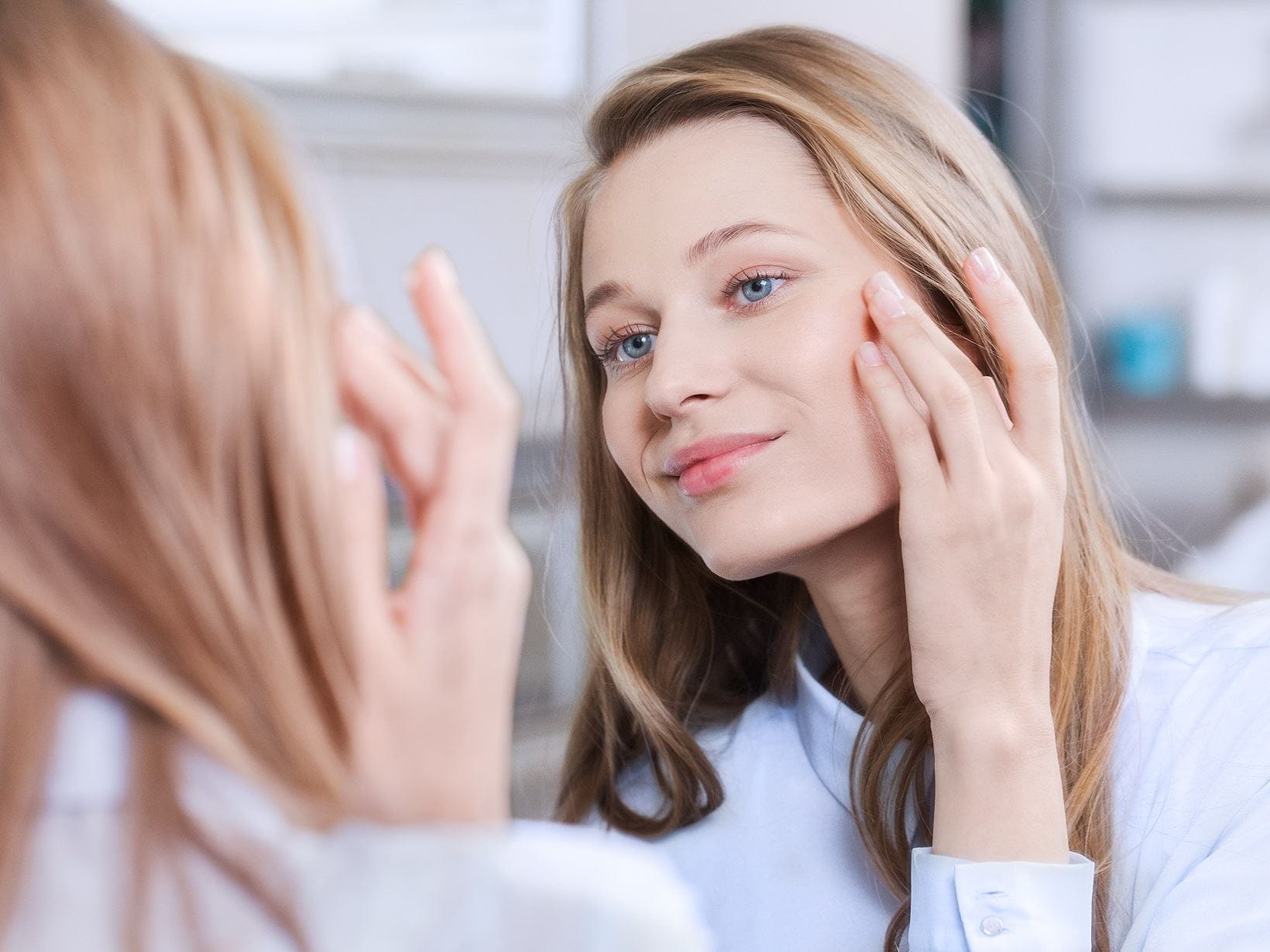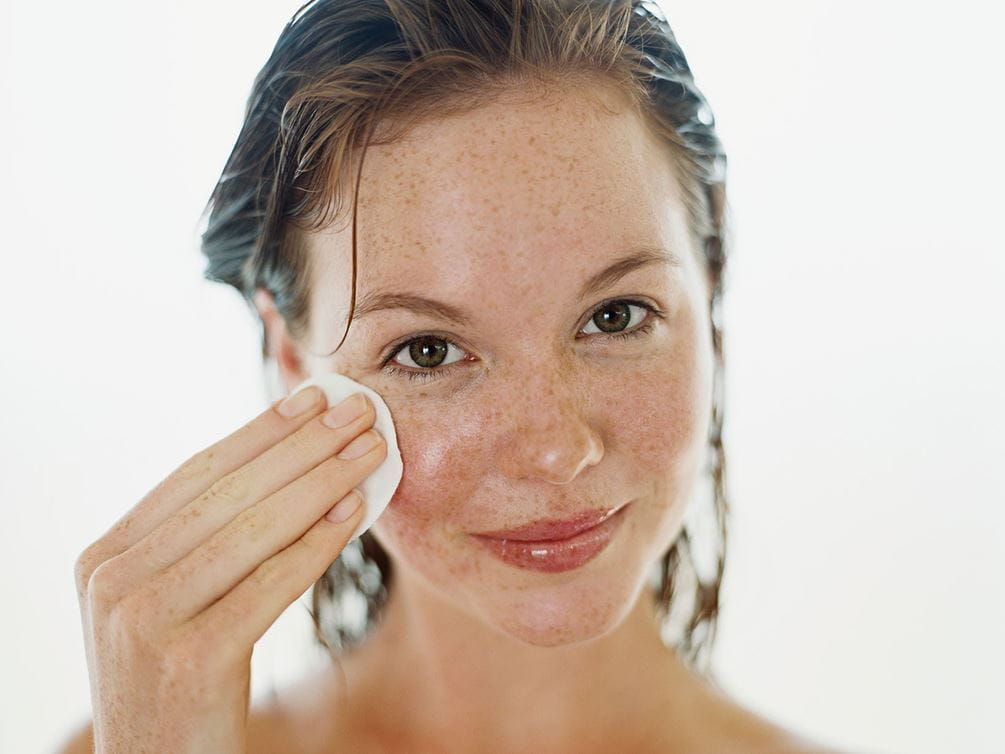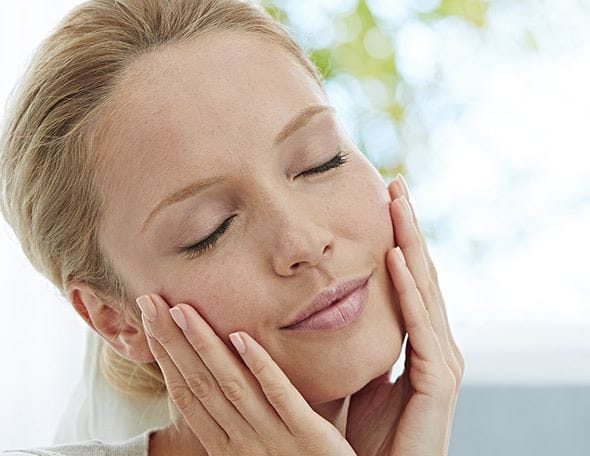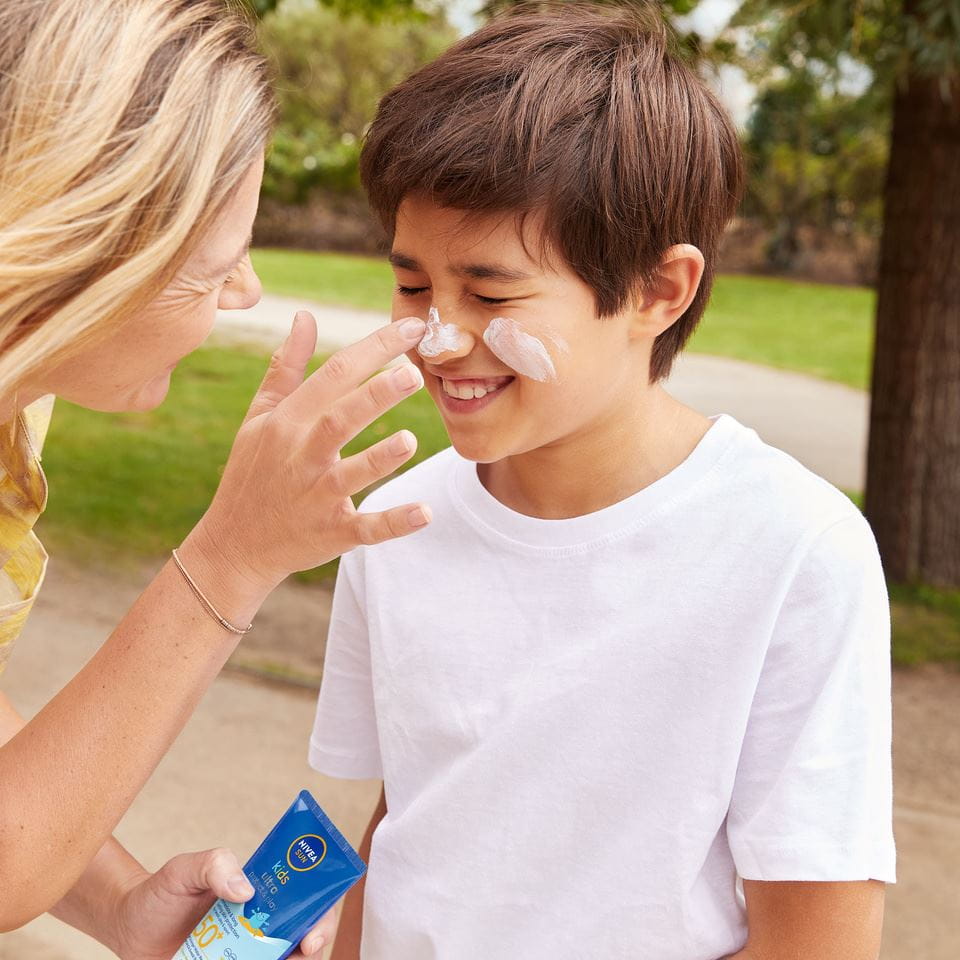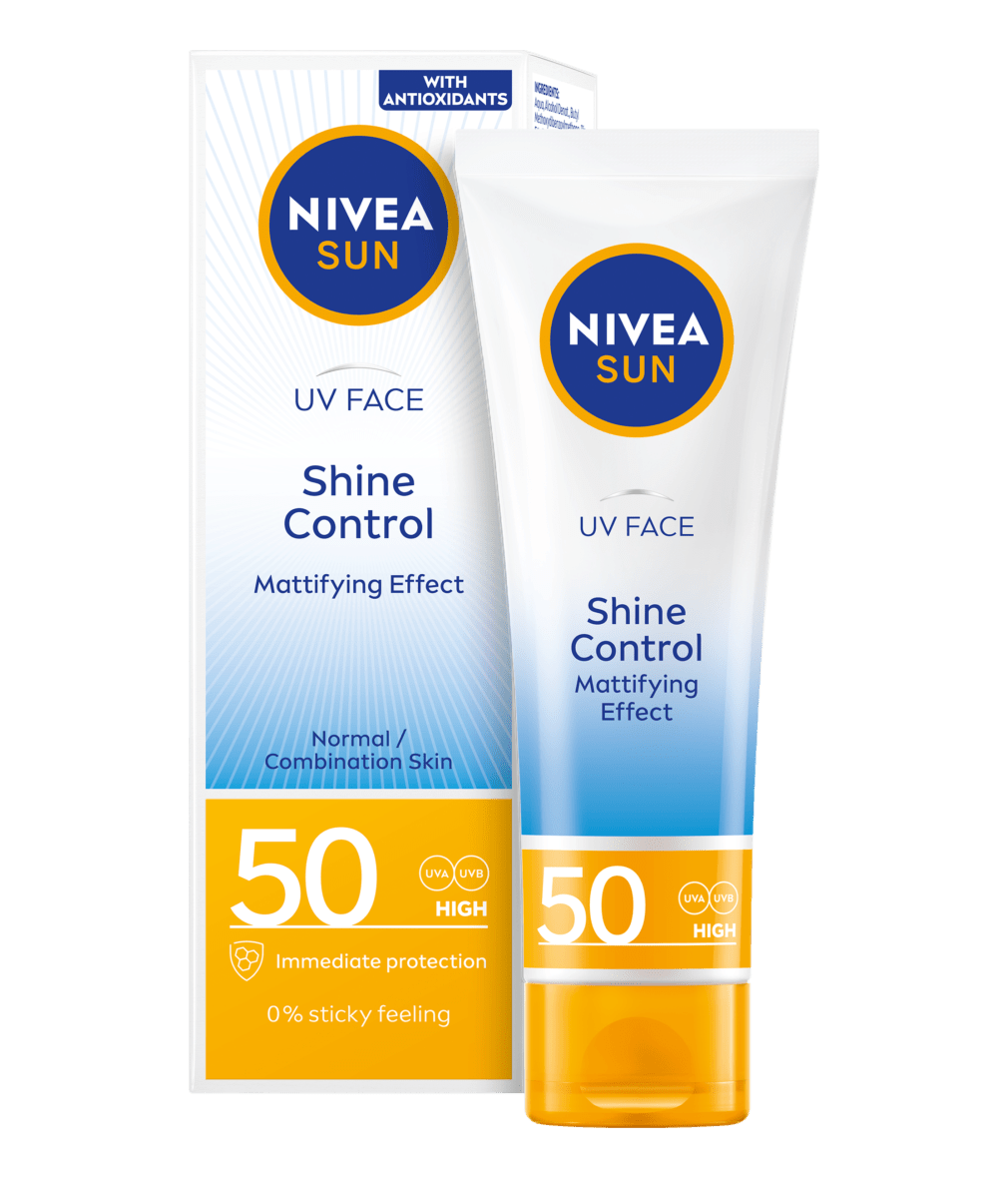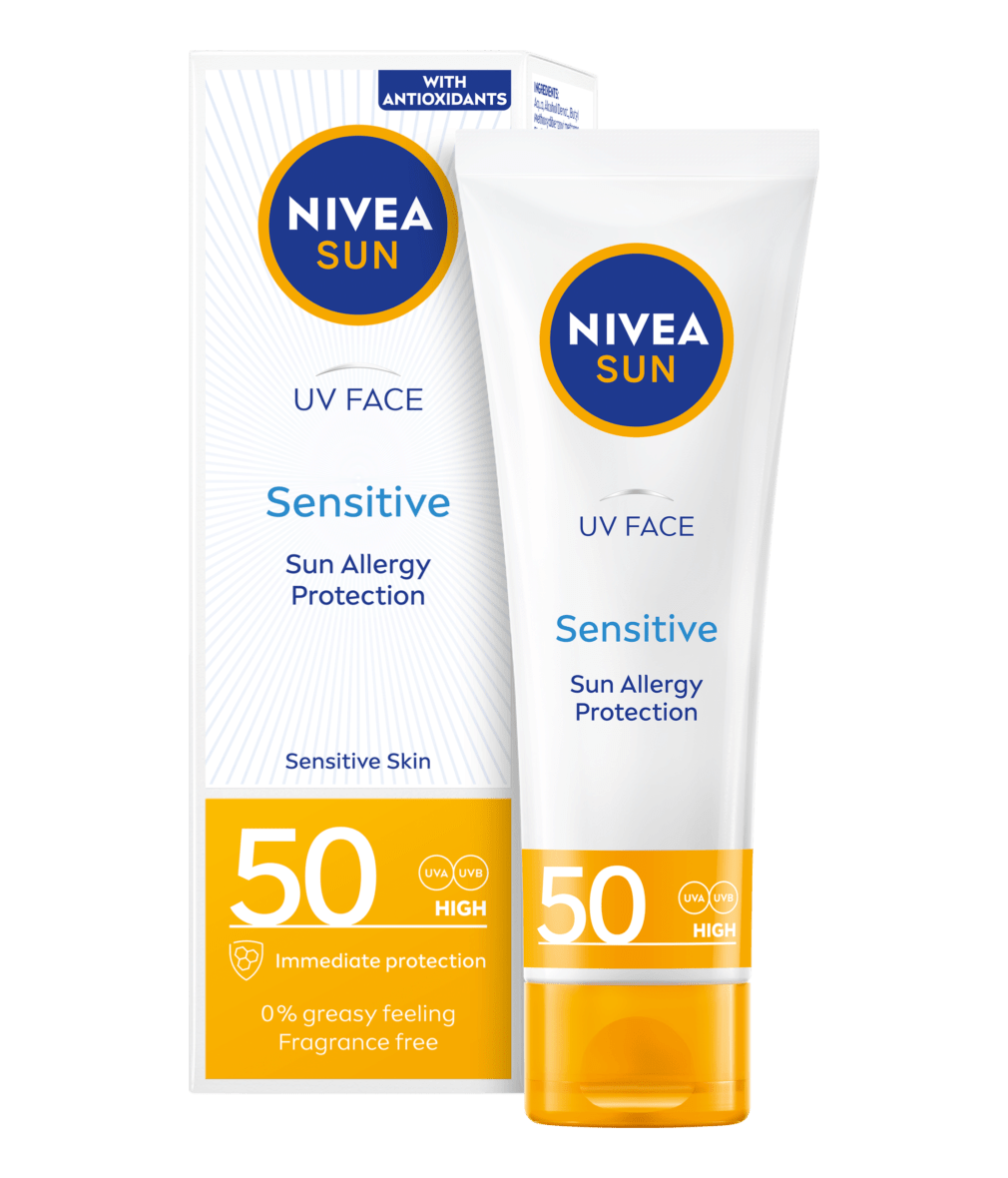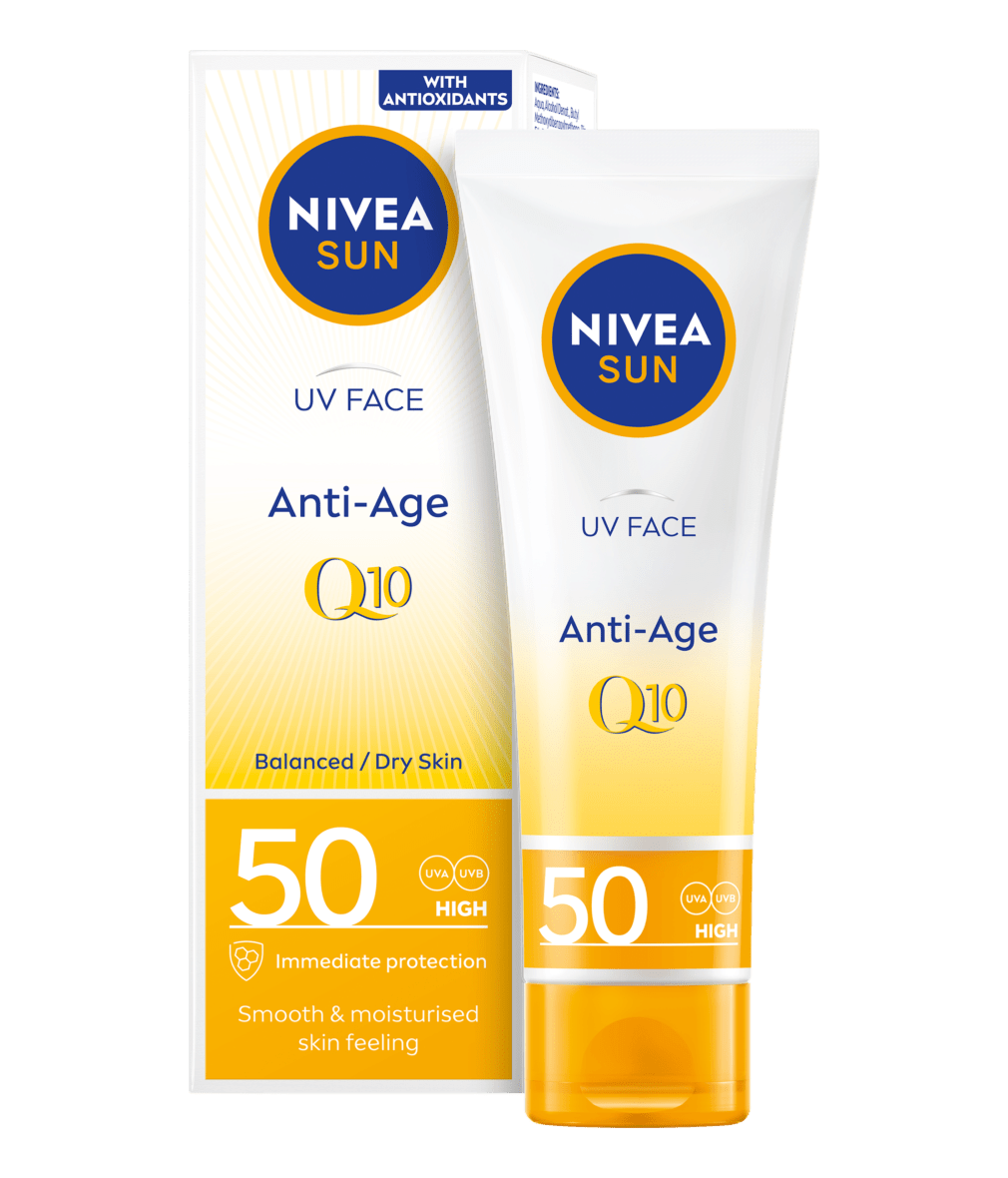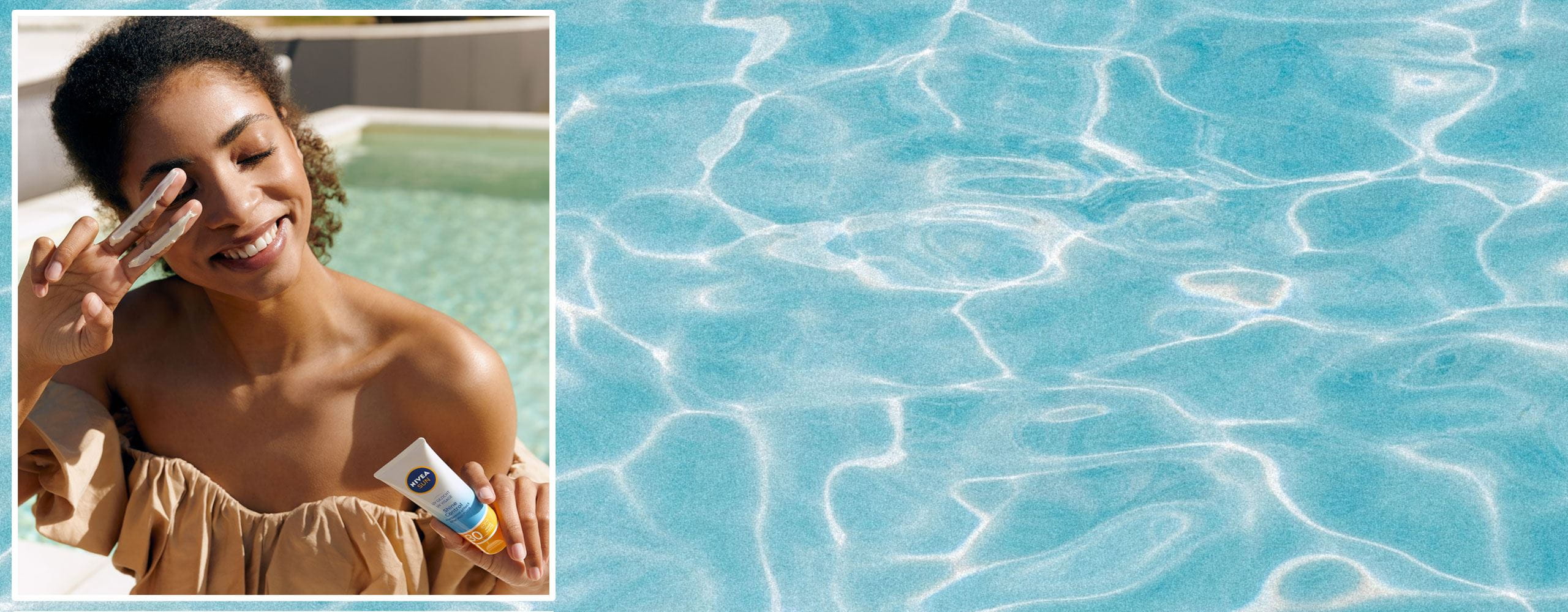
Sun Damage On Face
Our guide on how to protect the skin from sun damage on face
Sun damage on face
Sun damage on face: what to look for and how to protect the skin
There are few people who would deny that feeling the sun on your face is one of life’s great pleasures. But enjoying it too much without adequate protection could leave you with an unwanted memento of your holidays - while your tan may have long faded, the damage from the sun’s ultraviolet rays remains.
While signs of ageing are the signs of a life well lived, it is important to minimise sun damage not only for cosmetic reasons but because it can be harmful to your health. The good news is you can enjoy the benefits of the sun without it leaving its mark on your face too severely. Let’s take a closer look at skin damage on face and how to protect skin from sun damage.
While signs of ageing are the signs of a life well lived, it is important to minimise sun damage not only for cosmetic reasons but because it can be harmful to your health. The good news is you can enjoy the benefits of the sun without it leaving its mark on your face too severely. Let’s take a closer look at skin damage on face and how to protect skin from sun damage.
Sun Damage On face
What causes skin damage from sun?
Melanin is a pigment that gives your skin its colour. When the skin is exposed to UV rays, extra melanin is produced by the body in an attempt to protect the skin. This will make your skin look darker, or, as we know it, gives you a suntan. UV rays from the sun speed up an uneven production of melanin which can then cause irregular colouring (pigmentation) of the skin. This can manifest itself on the face in several ways, which we explore below. The sun’s ultraviolet rays can also cause permanent stretching of small blood vessels that can leave spidery veins on the face.
Sun Damage on Face
What does sun damage on face look like?
WHAT'S THE UV INDEX IN:
With the city name we are able to locate your area and to determine the right uv index.
YOUR UV INDEX IS [uvIndex]
It’s a low uv index for [city]
YOUR UV INDEX IS [uvIndex]
It's an average uv index for [city]
YOUR UV INDEX IS [uvIndex]
It's a high uv index for [city]
YOUR UV INDEX IS [uvIndex]
It's a very high uv index for [city]
YOUR UV INDEX IS [uvIndex]
It's a very high uv index for [city]
